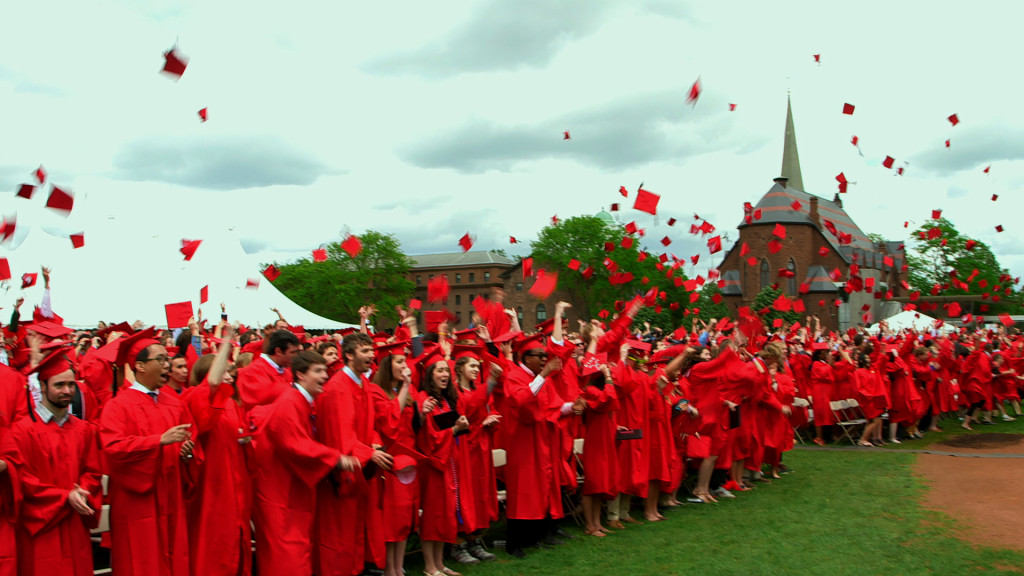
While middle wage jobs show little signs of recovery, good jobs are back and college graduates are first in line to get them, according to a new Georgetown University study. 2.8 million of the 2.9 million good jobs gained in the recovery have gone to college graduates. Contrary to many stories in the media about how low-wage jobs have dominated since the recovery began in 2010, the study from the Georgetown University Center on Education and the Workforce claims that the largest job growth has come from good jobs; these jobs paid more than $53,000, tended to be full time, and provided health insurance and retirement plans. Not surprisingly, managers, STEM (science, technology, engineering, and mathematics) and healthcare professionals account for the majority of growth in the good jobs tier. To tell us more about how the American job machine is working again for college graduates, Anthony Carnevale, the Center’s Director and the report’s lead author, joins us today in The Global Search for Education.
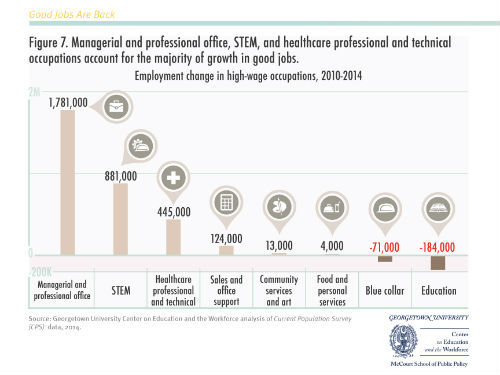
Why is it that people have gotten the perception that low-wage jobs have been the majority of available jobs since the 2010 economic recovery?
This has been a long and weak recovery following the worst recession in decades. The average wages only recently started picking up. During the first couple of years, the recovery was mostly jobless. So, when low-wage jobs, many of which involve food service and retail workers, with whom people have direct regular contact, started coming back, people took notice. Also, a number of major media stories have publicized the narrative of low-wage job recovery. Given other negative indicators and general pessimism around the recovery, people have generally accepted this narrative. The pessimism of the news stories is not unique to this recession/recovery cycle, but has been the case in every recession. The economic stories tend to be cyclical, following the mood of the public. So, during recessions, the news stories tend to be overly negative, and during expansions, they tend to be overly positive. In addition, when these negative stories touch on college graduates, they are in particular likely to hit a nerve. People spend significant time, energy, and resources to make sure their kids get a college education, and the idea that after all those investments that college education will not lead to a good, middle class job is understandably scary to people. However, as we show in Good Jobs Are Back: College Graduates Are First in Line, the good jobs have actually led the recovery, and the vast majority of those jobs (2.8 million out of 2.9 million) have gone to college graduates.
What are some examples of the good jobs?
Good jobs that have been prominent in this recovery include managers, software developers, physicians and surgeons, registered nurses, financial analysts and computer occupations.
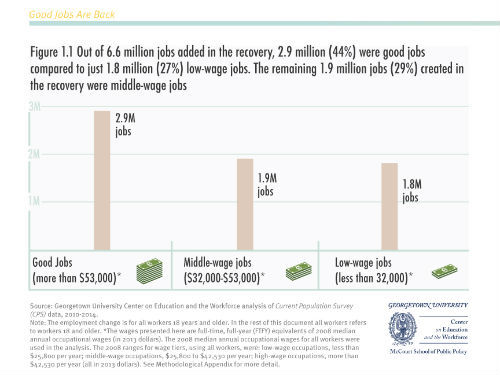
Are the claims overblown that post-college life is at present more difficult economically than in previous generations?
The Great Recession and the slow recovery that followed it have made life more difficult for everyone in this generation, not just college graduates. In addition, the technologically biased structural change that has been affecting the economy over the past several decades has increased entry level job requirements and made it more challenging for Millennials to get their careers off the ground compared to previous generations. However, college graduates still unquestionably have an advantage over those with less education. Even at the height of the Great Recession, the unemployment rate for young college graduates was still half of the unemployment rate for young high school graduates (7.5% v. 16.8%). Since then, the unemployment rate for young college graduates has come down to 4 percent, while the unemployment rate for all young adults is still over 9 percent.
Your study shows that good jobs and low-wage jobs have recovered all recession job losses but not middle-wage jobs. Why do you think this is?
Manufacturing and construction sectors, primary sources of traditional middle-wage jobs, bore the brunt of the recession. Since the housing market is yet to return to the pre-recession level, the construction jobs have not seen much of a recovery. The manufacturing sector has seen some recovery, with technological innovation and reshoring of American manufacturing jobs, but it has not been sufficient to make up for all the recession job losses. In addition, as pointed out by David Autor and several other economists, there has been a long-term polarization in the job market since the 1980s, with growth of high-skill and low-skill jobs at the expense of traditional middle-skill jobs, which have been most susceptible to automation and globalization. The Great Recession and protracted recovery that followed it have only accelerated this trend, as increasingly risk-averse businesses have turned to technological solutions to minimize costs and increase productivity.
For more information on the report.

(Some photos are courtesy of Georgetown University Center on Education and the Workforce)
Lead photo is courtesy of Samuel Goldwyn Films
Join me and globally renowned thought leaders including Sir Michael Barber (UK), Dr. Michael Block (U.S.), Dr. Leon Botstein (U.S.), Professor Clay Christensen (U.S.), Dr. Linda Darling-Hammond (U.S.), Dr. MadhavChavan (India), Professor Michael Fullan (Canada), Professor Howard Gardner (U.S.), Professor Andy Hargreaves (U.S.), Professor Yvonne Hellman (The Netherlands), Professor Kristin Helstad (Norway), Jean Hendrickson (U.S.), Professor Rose Hipkins (New Zealand), Professor Cornelia Hoogland (Canada), Honourable Jeff Johnson (Canada), Mme. Chantal Kaufmann (Belgium), Dr. EijaKauppinen (Finland), State Secretary TapioKosunen (Finland), Professor Dominique Lafontaine (Belgium), Professor Hugh Lauder (UK), Lord Ken Macdonald (UK), Professor Geoff Masters (Australia), Professor Barry McGaw (Australia), Shiv Nadar (India), Professor R. Natarajan (India), Dr. Pak Tee Ng (Singapore), Dr. Denise Pope (US), Sridhar Rajagopalan (India), Dr. Diane Ravitch (U.S.), Richard Wilson Riley (U.S.), Sir Ken Robinson (UK), Professor Pasi Sahlberg (Finland), Professor Manabu Sato (Japan), Andreas Schleicher (PISA, OECD), Dr. Anthony Seldon (UK), Dr. David Shaffer (U.S.), Dr. Kirsten Sivesind (Norway), Chancellor Stephen Spahn (U.S.), Yves Theze (LyceeFrancais U.S.), Professor Charles Ungerleider (Canada), Professor Tony Wagner (U.S.), Sir David Watson (UK), Professor Dylan Wiliam (UK), Dr. Mark Wormald (UK), Professor Theo Wubbels (The Netherlands), Professor Michael Young (UK), and Professor Minxuan Zhang (China) as they explore the big picture education questions that all nations face today.
The Global Search for Education Community Page
C. M. Rubin is the author of two widely read online series for which she received a 2011 Upton Sinclair award, “The Global Search for Education” and “How Will We Read?” She is also the author of three bestselling books, including The Real Alice in Wonderland, is the publisher of CMRubinWorld, and is a Disruptor Foundation Fellow.
Follow C. M. Rubin on Twitter: www.twitter.com/@cmrubinworld



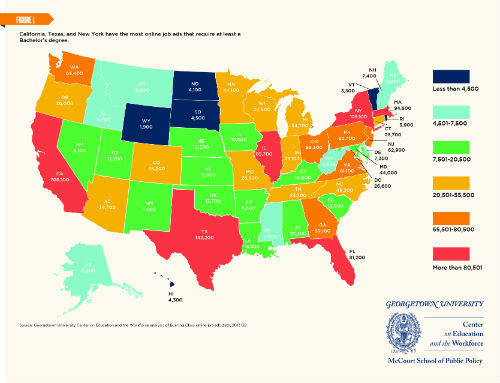

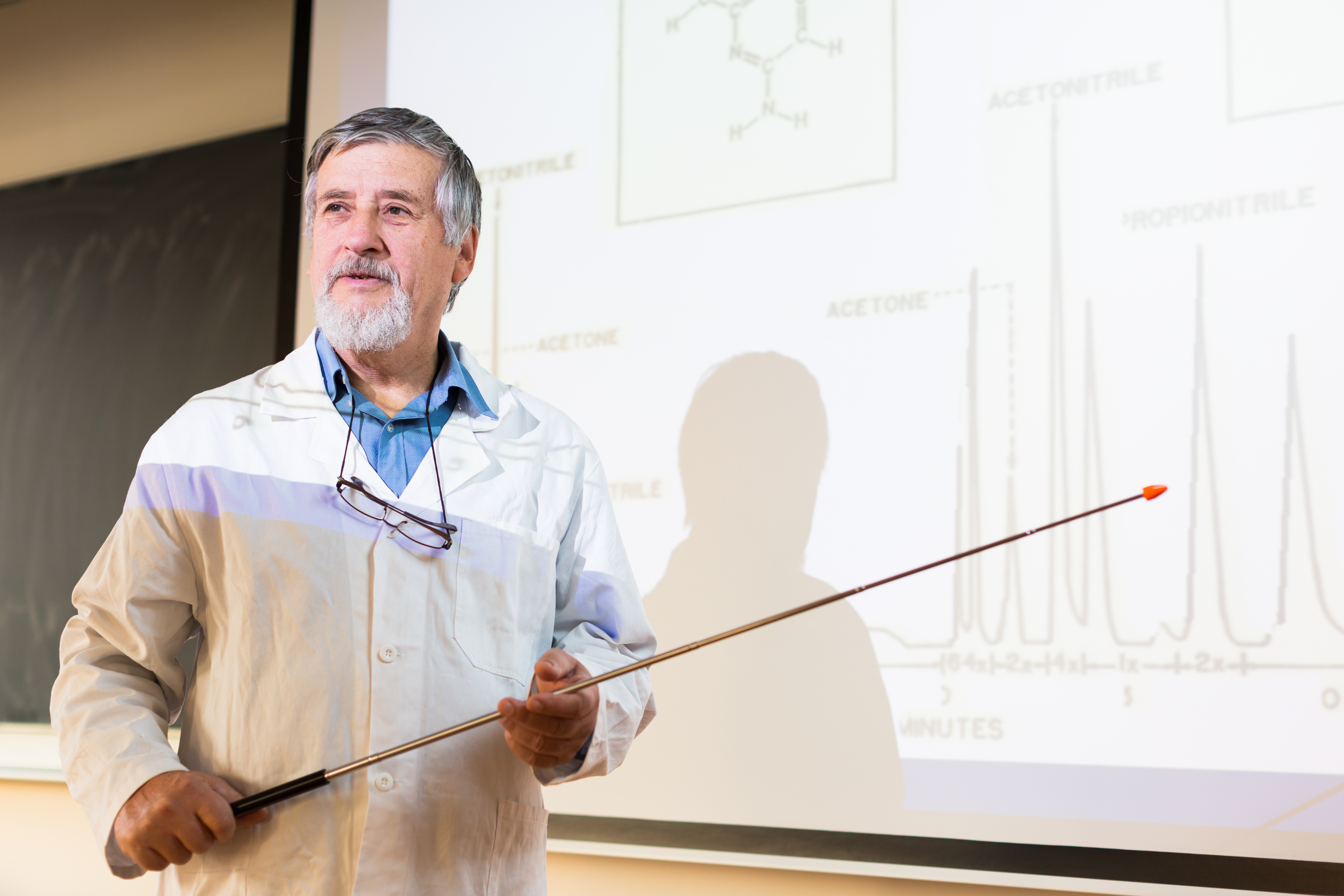
Recent Comments